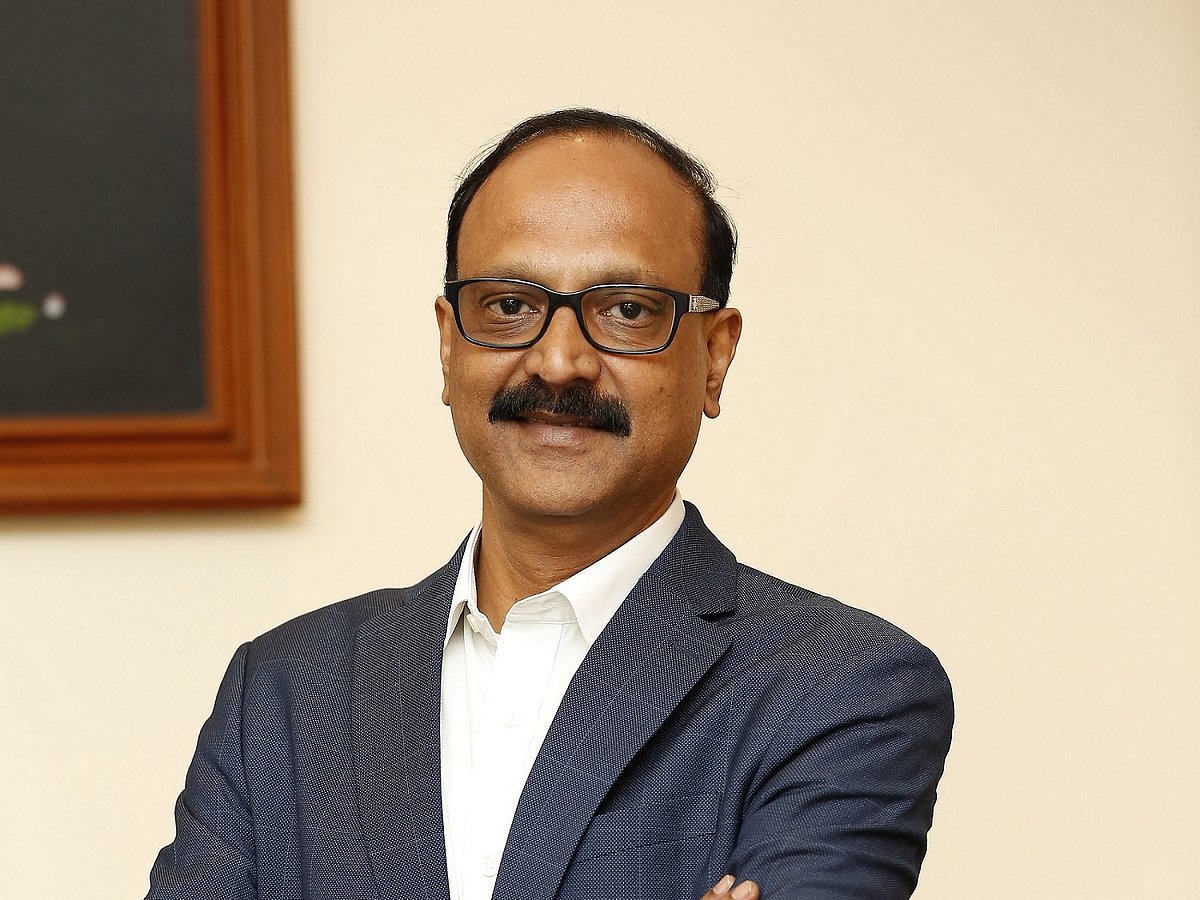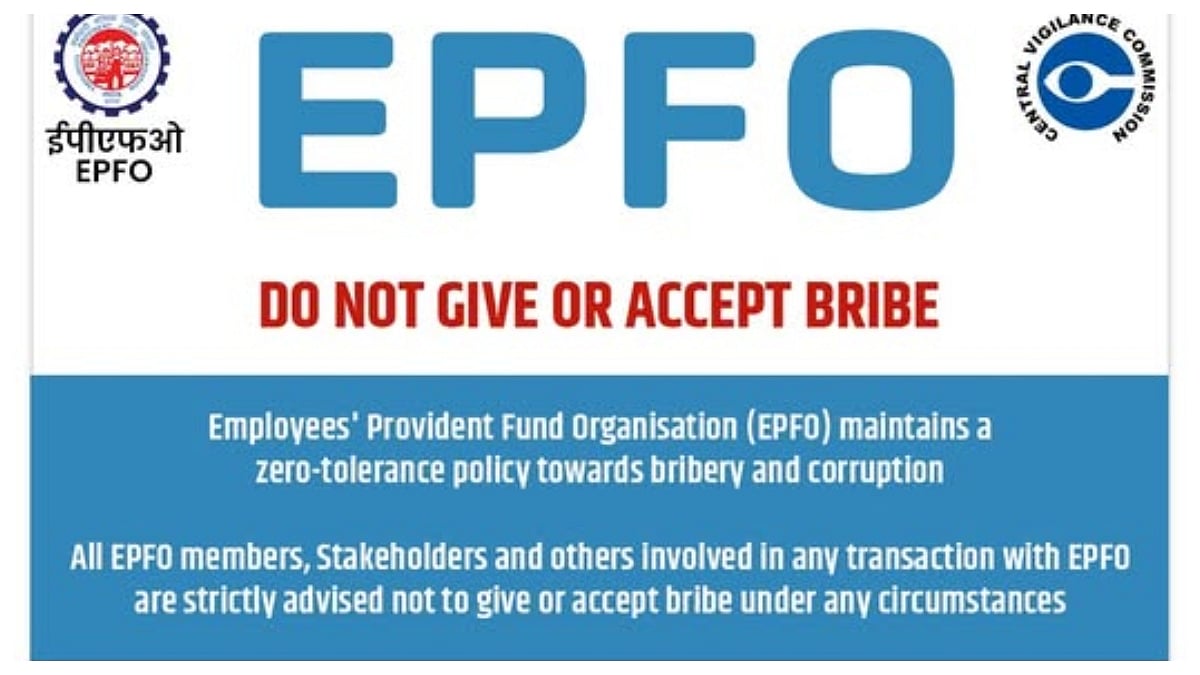NBFCs have seen the industry go through a turmoil during the past few years and right now it is the COVID-19 impact. But these NBFCs have been able withstand the test of time, says YS Chakravarti, MD & CEO, Shriram City Union Finance. In an interview, he tells Jescilia Karayamparambil and R N Bhaskar, that NBFCs will survive and thrive.
Edited excerpts:
Tell us about your company.
Shriram City is a 30-year-old company which primarily started off as a company financing transport vehicles. In 2000, we decided that we will move into retail finance and leave the financing of transportation vehicles to Shriram Transport Finance. We moved into retail, then two-wheeler and then micro-small funding.
Today, 58 per cent of our portfolio comprises funding micro and small enterprises; and 20 per cent to two-wheelers.
NBFCs were hit in the past due to economic slowdown and then by the pandemic. What would you like to see in the budget?
Obviously, the stimulation of demand. That is possible by increase of government spending on infrastructure and if the government looks at sops for the construction and housing industry. This is mainly because many other industries can benefit from this as the construction industry is one of the largest employers of manpower.
India has a large under-35 population and the aspiration of this young population would be to own a home. The government could start with a waiver of tax on the total interest paid. It should not just be limited to Rs 1.5 lakh. This can be introduced for three years or so — more like a short-term waiver (but for a higher sum). Such incentives will give stimulus to the housing sector. This will rub off on a lot of economic activities.
The regulator and the government should provide NBFCs with tax relief on the provisions made, like it has allowed banks. It is one demand that has been pending from the NBFC side. This will allow NBFCs to create adequate provisions. This does not mean that NBFCs are not. It is just that it will allow NBFCs to create buffers in their provisions.
Thirdly, the regulator should create a special body to regulate and monitor the fintechs. The reason is that one is not aware if the app is technology, bank or an NBFC. At such times, it is easy to create panic among people. So, it is important to monitor fintechs too.
Has business reached pre-COVID-19 level?
For the December quarter, Shriram City has reached pre-COVID-19 levels. Of course, the December quarter is also the festive season. So, one of our major products is two-wheeler funding.
In the third quarter, usually most two-wheelers are sold. Shriram City did close to Rs 2,700 crore of business in the two-wheelers category in this quarter.
Other than festive season, the pent up demand and also more people avoiding public transport are some factors for rise in demand for two-wheelers.
In the month of November, we funded close to Rs 1,000 crore for two-wheelers.
The litmus test is in the fourth quarter —so far January looks good compared to last January. The sales have not slackened off. It is comparable to pre-COVID levels.
Two-wheelers should be able to sustain and can grow 7-8 per cent during the next financial year.
Where do MSMEs stand at this point in time?
MSMEs is a major portion of my business. That is close to Rs 17,000-Rs 18,000 crore of AUM. Our average ticket size is Rs 20-30 lakh. So, that is micro and small that we fund; and not medium. We fund largely traders and service providers.
We do not have much exposure to manufacturing companies. Manufacturers with us are still struggling to get back to pre-COVID-19 level of manufacturing efficiency. Employee shortage is still there. The migrant labourers are not back yet. The manufacturers are still waiting for skilled manpower. There are pockets where things are coming back to normal or slightly better.
Some of the industries, especially hospitality, are still suffering. The biggest setback for the hospitality segment is that the business travellers are not travelling. Around 30-40 per cent occupancy in hospitality was due to business travellers. It will at least take six months for the confidence in travel to come back.
Have you been able to reach your pre-COVID-19 level efficiency?
We have been able to reach our pre-COVID-19 levels of efficiency very quickly. Shriram City has reached pre-COVID-19 levels for collection efficiency in the month of December. That tells me cash flow is happening and businesses have picked up.
NPAs have improved and we have not slipped this quarter compared to the last quarter.
Has there been any state wise lag in repayment?
Gujarat and Rajasthan are performing well. Traditionally, for SME and loan-against-property business, Rajasthan and Gujarat are the best states in the country in terms of repayment.
In the case of the two-wheeler business, Uttar Pradesh (UP) is the single largest contributing state for the last five years. Their efficiency is either on par or better compared to other states.
The collection is all about reaching out to the customer and getting the money. It is about having a presence on the ground.
During the UP election, there were talks of non-payment to MFIs (micro finance institutions) in some areas. But our collection effeciencies did not dip at that point of time as well. It is a matter of your network and how you connect with your customers.
What were the facilities that Shriram City started during lockdown?
We have 25,000 employees and decided to engage them by asking them to connect to our customers. This call was to know how these customers are doing and then share with them a link to make payments digitally if they wish too. It was made clear that these calls were to connect with customers and not asking them to pay up.
Despite the lifting of lockdown, around 30 per cent of our payments are made through digital channels.
Even during the lockdown, 85 per cent of collection for two-wheelers were taking place.
When do you see NBFCs grow?
The industry has weathered the COVID impact very well. Our raw material is money. So, it will determine if we will grow or stagnate. It struggled in the last few years but it came out that (before COVID-19). Today, the available raw material – that is money – is focused on some players. These are usually large – like the banks. These few players will not be able to service. So, NBFCs will grow as they start serving their customers.
Nothing wrong for an NBFC to grow conservatively. The industry should grow by 15-18 per cent next year. The risks grow when you try to grow too fast.










